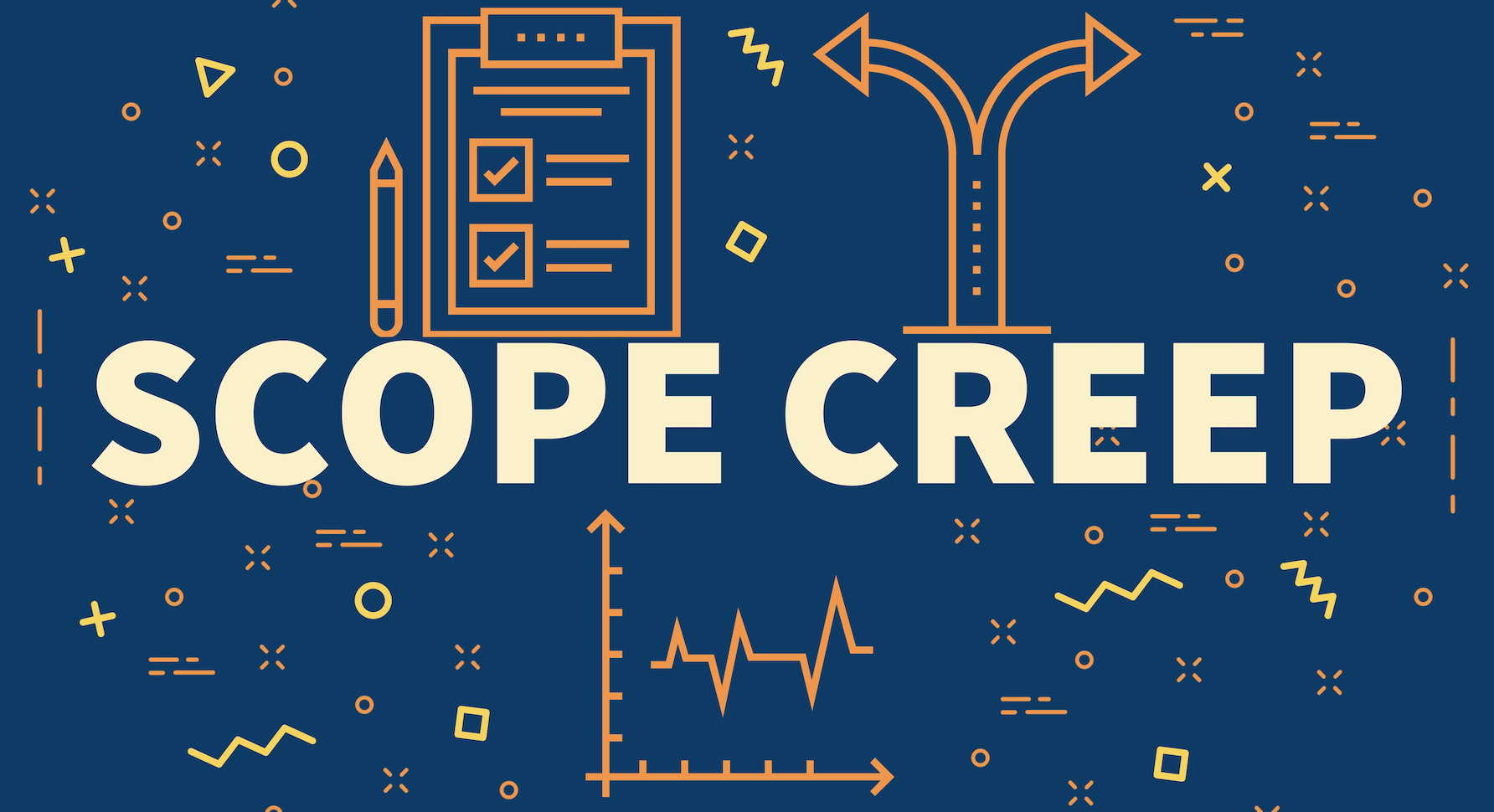Effective Stakeholder Management: Balancing Technical and Business Expectations
8 min read

One of the biggest challenges technical project managers face today is managing stakeholder expectations. Business leaders want results, and technical teams want time to get things right. But how do you balance these often-competing demands? It's all about communication and making sure both sides understand each other's priorities and constraints.
In this blog, we’ll explore some smart strategies for managing stakeholders in technical projects, including translating technical sprint reports into business-friendly insights, aligning stakeholder priorities with what’s technically possible, and resolving conflicts when things don’t go as planned.

Translating Technical Sprint Reports into Business-Friendly Insights
If you’ve ever tried to explain a technical sprint report to someone outside the development team, you know it can be tough. A sprint report packed with developer lingo, bug fixes, and code snippets might not mean much to a business stakeholder who’s more focused on revenue and customer satisfaction. So how do you turn these technical details into something that resonates with business leaders?
Here are a few ways to do that:
1. Focus on the Big Picture
Instead of getting bogged down in the nitty-gritty of what’s been coded or which bugs have been fixed, focus on how those technical achievements impact business goals. For example, instead of saying “We fixed 12 bugs,” you might say, “We resolved key issues that were affecting customer experience, which should lead to a 15% drop in support tickets.” This helps stakeholders see the bigger picture and understand how the tech work is contributing to business success.
2. Use Visual Dashboards to Show Progress
People love visuals, and they’re a great way to make complex data easier to digest. Tools like Middleware Jira Sprint Report Plugin can help you create charts, graphs, and progress bars that show how far the team has come, how many features are done, or what the bug resolution rate looks like. These visual dashboards allow technical project managers and stakeholders to quickly grasp how the project is moving along without diving into technical details.

With Middleware dashboards, you can integrate data from multiple project management tools, providing a single view that makes it even easier for both technical teams and business stakeholders to stay aligned. The ability to customize and drill down into the specifics also ensures that the information provided is relevant to all parties involved, whether they are focused on project health, deadlines, or feature progress.
3. Highlight Risks and How You’re Handling Them
Stakeholders, especially those in leadership roles, are always thinking about risks. If there’s a technical challenge that could potentially derail the project, don’t just report it as a “problem.” Frame it as a “risk” and explain the steps the team is taking to manage it.
For instance, “There’s a delay in integrating the new payment gateway, but we’ve prioritized it in the next sprint to minimize any impact on the product launch.” This gives them peace of mind, knowing the team is on top of things.
4. Relate Technical Work to Business Outcomes
At the end of the day, business leaders want to know how tech decisions will impact things like revenue, customer satisfaction, or market competitiveness. Link each technical milestone to a business outcome. If the team finishes a major feature, explain how it will improve user retention or drive conversions. This approach ties technical work directly to the company’s bottom line, making it easier for business stakeholders to see the value.
Also read: The Hidden Costs of Manual Sprint Reporting: How Automation Can Save You 8+ Hours Every Week
Aligning Stakeholders’ Priorities with Technical Realities
One of the toughest parts of stakeholder management is ensuring that what business leaders want matches up with what the technical team can realistically deliver. Business stakeholders may want all the bells and whistles right now, but the technical team might need more time or resources to get things done. So, how do you align these priorities?
Here are some strategies:
1. Set Expectations from the Start

Before diving into the project, make sure everyone’s on the same page. Take the time to explain the technical constraints and what’s feasible given the resources, timeline, and current tech stack. This ensures business stakeholders don’t have unrealistic expectations, and it helps technical teams avoid feeling pressured into making shortcuts.
2. Collaborate on Prioritization

The key to alignment is making decisions together. Bring both technical and business stakeholders into the prioritization process. You can use frameworks like MoSCoW (Must have, Should have, Could have, Won’t have) to evaluate features and figure out what’s essential, what can wait, and what’s just a nice-to-have. This way, everyone agrees on what needs to be done first, making sure that business needs align with what the tech team can realistically deliver.
3. Use a Product Roadmap

A well-planned product roadmap can help keep everyone focused on the bigger picture. It provides a high-level view of the project’s timeline, key milestones, and deliverables. A shared roadmap makes sure that both technical and business teams are aligned on the project’s direction and ensures there’s no confusion about what’s coming next. It also helps keep expectations realistic about when certain features will be delivered. To know more, read: Bridging Strategy and Execution: Aligning Product Roadmaps with Agile Sprints
4. Manage Scope Creep

Scope creep is a huge problem for many projects. When business stakeholders ask for extra features mid-sprint, it can throw everything off track. It’s important to have a clear process for managing these changes. If a new feature or request comes up, evaluate the impact it will have on the timeline, resources, and other features. This helps keep the project on track without constantly shifting focus or adding new tasks.
Also read: A Blueprint for Predictable Software Delivery with Dora Metrics
Conflict Resolution Strategies for Balancing Competing Demands
Let’s face it—there will always be times when technical and business teams have different priorities. When this happens, conflict is bound to arise. But, rather than letting things escalate, it’s possible to handle these conflicts in a way that benefits everyone involved.
Here’s how to manage competing demands:
1. Listen Actively and Understand Both Sides
![Actively Listening? [Say Whaaaaat] - HSI](https://hsiassetstorage.sfo2.digitaloceanspaces.com/assets/images/blog/Active-Listening-Say-Whaaaaat-HSI-Blog.jpg)
The first step in resolving any conflict is understanding where both parties are coming from. Business stakeholders care about the outcome: profits, customer satisfaction, market share. Meanwhile, the technical team is focused on the details: scalability, security, and code quality. Listen actively to each side’s concerns and make sure you understand their priorities before jumping into problem-solving.
2. Redirect Focus to Shared Goals

When tempers flare, it helps to remind both teams of the bigger picture. Both sides want the project to succeed. Both want the product to deliver real value to customers. By emphasizing these shared goals, you can shift the focus from conflict to collaboration.
3. Facilitate Trade-Off Discussions
Sometimes, it’s necessary to make trade-offs. If business stakeholders are asking for features that the tech team can’t deliver in the timeline, facilitate a discussion about what’s most important. Can a simpler version of the feature be delivered first, with plans for enhancement later? Offering alternatives allows both sides to find a compromise that works for everyone.
4. Use Data to Support Decisions

When emotions run high, data can help settle disputes. Whether it’s sprint velocity, customer feedback, or user testing data, using hard facts can guide decision-making. For example, if there’s a disagreement over which feature to prioritize, customer feedback or usage data can point to which feature is likely to deliver the most value.
5. Escalate When Necessary
If all else fails, it might be time to escalate the issue to higher management. Make sure you’ve explored all options first, and when you do escalate, clearly communicate the issue and the potential solutions. Having a neutral party step in can help resolve tough situations and get everyone back on track.
Conclusion
Effective stakeholder management is all about communication, empathy, and working together toward shared goals. By translating technical details into business-friendly insights, aligning stakeholder priorities with what’s feasible, and using conflict resolution strategies to manage competing demands, you can keep both technical teams and business stakeholders satisfied. This approach not only prevents misunderstandings but also drives the project toward success.

With these strategies, you’ll be able to navigate the tricky waters of balancing technical and business expectations, ensuring that everyone’s on the same page and working toward a common goal. If you’re looking for tools to streamline this process, consider using Middleware Jira Plugin to integrate multiple project management tools into a unified, real-time dashboard that provides key insights at a glance—helping both technical and business stakeholders to stay aligned and make data-driven decisions that drive success.
FAQs
1. How can I ensure alignment between technical teams and business stakeholders?
To align both sides, focus on setting clear expectations from the start, prioritize tasks collaboratively, and use a shared product roadmap to visualize progress. Regularly communicate through visual dashboards and provide business-friendly reports that connect technical work to business outcomes.
2. What are the best tools for managing stakeholder expectations in Agile projects?
Tools like Jira, Trello, and Middleware dashboards are excellent for tracking progress and providing visual updates. Middleware allows you to integrate multiple project management systems into a single view, ensuring everyone stays on the same page with real-time data and insights.
3. How do I handle conflicts between business needs and technical constraints?
Conflict resolution can be tackled by listening to both parties, redirecting focus to shared goals, and facilitating trade-off discussions. Use data to support decisions and consider escalating issues if needed, ensuring both sides are heard and compromises are reached to keep the project on track.


